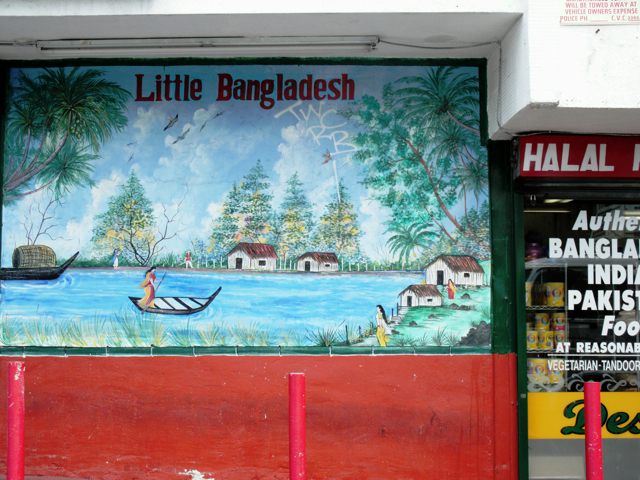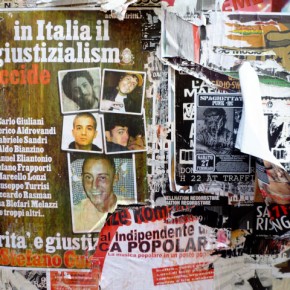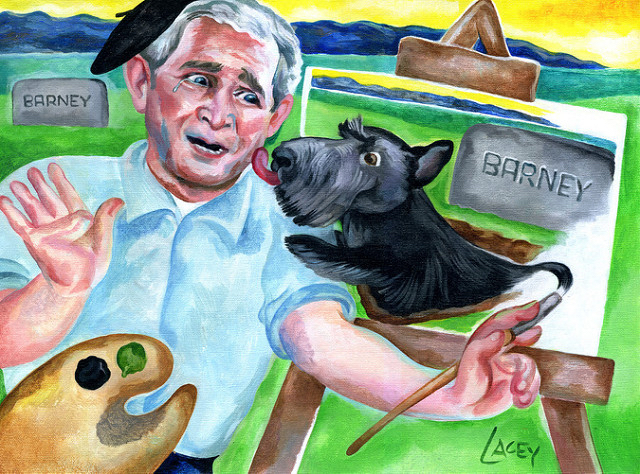At Swadesh restaurant on LA’s West Third Street, Bangladeshi diners carefully chew on bony hunks of curried goat. But they don’t mince their words about their Korean neighbours. “If you go to their stores and you’re brown, some of them stare at you,” says Maminul “Bachu” Haque, a burly community organiser. “We’re all people. Martin Luther King fought for that. Nelson Mandela worked for that. Right, Mohin?”
“Right,” replies the Swadesh manager without missing a beat.
Bachu revs up. “Korean owners don’t fix things. ‘Come tomorrow, come tomorrow.’ Right, Mohin?” “Right.”
Swadesh is a culinary centre for America’s fastest-growing Asian community. The Bangladeshi population increased by 157 percent between 2000 and 2010, according to the US census. Other immigrants have woken up and smelled the bhajis.
Korean-Americans, historically dominant in the area around this restaurant, conceded a few blocks that were recognized and signposted as Little Bangladesh two years ago. Months of boundary battles between the two groups ended in a compromise that allowed City Hall to celebrate multiculturalism. But at Swadesh, there is no doubt about who won.
Quazi Huda, a wily community activist, recalls the dispute with relish. He says the Koreans could have petitioned the city for borders years ago, but never bothered. The Bangladeshis looked into the rules and launched a petition, stealing a march on their rivals. “We’re educated people. We know the system,” Huda says, scooping up his bitter melon korola. Koreans put pressure on elected councillor Tom LaBonge. Huda remembers: “When we met on Third Street, he said, ‘I only see Korean businesses round here.’ I challenged him, ‘Walk with me!’ We walked away from the businesses into the side streets, and it was all Bangladeshi families. The bloc vote was the message.”
Little Bangladesh signs boost ethnic pride, of course. But they also make outsiders curious. At Swadesh, Mohin says he’s noticed more non-Bangladeshi customers, adding that other Bangladeshi businessmen report the same. Bachu and Huda tell me that “Little Bangladesh beautification day,” a big street cleanup, shows other ethnic groups that the community is working for them too. And a geographical designation helps the city to earmark funding for local regeneration projects.
But there’s an economic reality. The per capita incomes of Bangladeshi-Americans fall below those of African-Americans, according to the US census. Korean-Americans are much better off. They’ve been here longer. Koreatown, which received borders in the wake of the dispute, spreads over fifteen blocks. Little Bangladesh covers four.
Swadesh managers tried to crack Koreatown. They applied to open a branch of the restaurant at a prime location on the corner of West Third Street and South Serrano Avenue. “We met with the (Korean) owners, but after that they didn’t return our calls,” Mohin says. Then we got a message, ‘We’re talking to someone.’ But months later, the ‘for lease’ sign is still up.” Mohin isn’t certain race was a factor. But he doubts a Bangladeshi could afford to make the kind of offer that the owners are probably holding out for.
I put this vignette to Chang Lee, the chairman of a coalition of twelve Korean-American associations. He rejected the idea of an ethnically-tinged turf war, stating that property developers are only concerned with maintaining market rates to stay in business.
The answer to Korean money power? Team up with other immigrant groups. Two doors from Swadesh, El Potrillo food hall is staffed by Bangladeshis and Latinos. Twenty-eight kinds of meat are sold, none of them halal. Yet some of the profits go to the makeshift mosque next door. It needs to raise $1,000 to pay rent arrears. I ask Huda about proceeds from “impure” meat. “Business is business,” he says disarmingly. Bangladeshi-Latino money could eventually buy out some Korean establishments. In the process, it’s helping Muslims to worship.
The same ethnic alliance is evident at El Nuevo Paisano, meaning “the new compatriot.” That would be Mozamel. He’s Bangladeshi, but, judging by the Latinos streaming into his shop, he’s become an honorary Mexican. Mozamel gets cheap deliveries of Central American goods from wholesalers in the US. His business plan mirrors community ties. “I have a good feeling with my Mexican customers,” Mozamel says. “Koreans go to their own stores. Their signs are in Korean.” He’d like to learn Spanish. “Otherwise I’ll lose customers some day. But my brain is refusing.”
That’s not a problem for the pre-teens at Jewel Hanif’s weekend tutorial centre. They typify the new generation of Bangladeshis: multilingual, academically successful, and self-assured. They speak Bengali at home, English at school, and they soak up Spanish from classmates. Hanif, a former scholar at CSU Northridge, uses a national maths curriculum because the Los Angeles schools curriculum doesn’t stretch his students. In ten years, they’ll likely have college degrees, credible jobs, and an assertive attitude towards other immigrant groups.
Bangladeshis are “transnational,” according to Zahir Ahmed, an anthropologist at the University of California, Irvine. They cultivate links with the desh, or homeland, through various organisations and political parties. They’re highly aware of Bangladesh’s increasing strategic value to the US. When I first walked into Swadesh, younger and older diners were following Secretary of State Hilary Clinton’s visit to Dhaka on the Bengali-language NTV channel, discussing the issues over tiny cups of creamy tea. Clinton pledged $ 1 billion in aid, but also criticised human rights abuses. In New York, some Bangladeshis protested against her comments, calling them interference; others welcomed them.
“This shows that the diaspora is not a single entity,” Ahmed told me. “But it is active, and it could become more influential as Bangladesh becomes more important to the US. Bangladesh borders Burma, and it’s not far from China.”
Greater influence isn’t inevitable. Will the population keep skyrocketing? Will that be matched by bigger incomes? And will Hanif’s pupils stay connected with the desh? Other immigrant groups would do well to keep an eye on the answers.
Photographs courtesy of Armen Georgian (1 & 2) and the Bangladeshi Unity Federation of Los Angeles.







